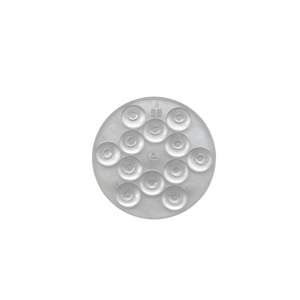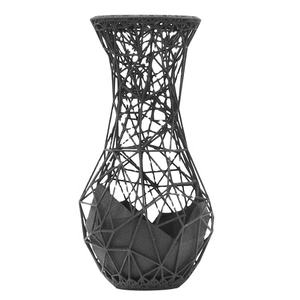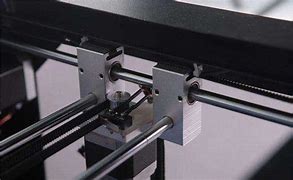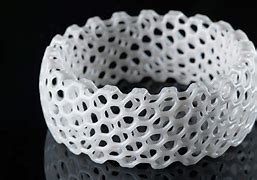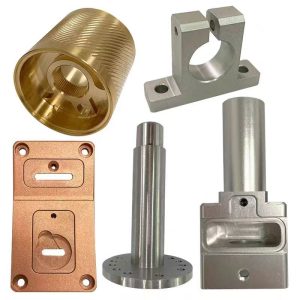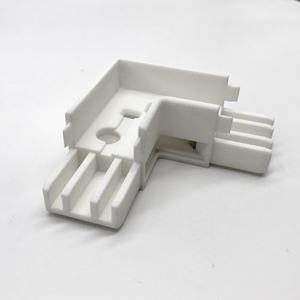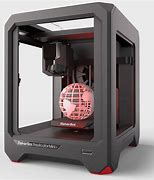Discover a professional 3D printing powder supplier
(Best Buys: Picking Out the Perfect 3D Printer)
**3D Printing Magic: How to Find Your Dream Machine**
(Best Buys: Picking Out the Perfect 3D Printer)
Let’s talk about 3D printers. These machines aren’t just gadgets. They’re tiny factories that turn digital dreams into real-life objects. But picking the right one? That’s where things get tricky. Walk into the world of 3D printing without a plan, and you’ll drown in specs, prices, and tech jargon. Don’t worry. We’re here to simplify the hunt.
Start with your budget. 3D printers range from “cheap as a pizza” to “costs more than a car.” Entry-level models under $300 work fine for hobbyists. They print small toys, phone cases, or desk doodads. Mid-range machines ($500-$1,500) handle tougher jobs, like detailed cosplay props or functional tool prototypes. High-end printers? Those are for pros. They’re fast, precise, and built for non-stop work. Unless you’re running a business, stick to the middle ground.
Next, think about what you’ll print. Love miniatures for board games? Look for printers with ultra-fine detail. Resin printers are great here. They create smooth surfaces, but they’re messy. You’ll need gloves, masks, and patience for cleanup. Prefer printing planters, tool holders, or bike parts? Go for FDM printers. These use spools of plastic filament, melt it, and layer it into shapes. They’re simpler, safer, and quieter.
Size matters too. Printers with big build areas let you make larger items—think vases or helmet replicas. But bigger machines eat up space. If your desk is tiny, pick a compact model. You can always print big projects in pieces and glue them later.
Check the features. Some printers come with heated beds. These keep plastic from warping as it cools. Others auto-level the build plate—no more fiddling with screws to get the first layer right. Wi-Fi connectivity sounds cool, but it’s not essential. Loading files via USB or SD card works fine.
Filament types confuse everyone. PLA is the easiest. It’s eco-friendly, melts at low temps, and comes in neon pink or glow-in-the-dark. ABS is tougher but needs higher heat and good ventilation. PETG sits in the middle—flexible, durable, and less smelly. Fancy materials like wood-infused or metal-blend filaments exist, but save those for later. Master the basics first.
Don’t forget the community. Some brands have fan armies ready to help online. Others leave you stranded with broken printers and zero support. Reddit forums, Facebook groups, and YouTube tutorials are gold mines. Stuck with a clogged nozzle? Someone’s already posted a fix.
Watch out for hidden costs. A $200 printer might seem like a steal, but if it needs $100 upgrades to work properly, you’re better off buying a mid-priced model. Filament isn’t free either. A 1kg spool costs $20-$50, depending on quality.
Still stuck? Narrow it down to three models. Read user reviews. Not the five-star ones—dig into the three-star comments. They’ll tell you what really goes wrong.
3D printing isn’t perfect. Prints fail. Filament jams. Bed adhesion? Sometimes it feels like a myth. But when your design pops off the plate, shiny and precise, it’s pure satisfaction. Your printer isn’t just a tool. It’s a creativity engine.
(Best Buys: Picking Out the Perfect 3D Printer)
So take a breath. Ignore the flashy ads. Focus on what you need. Your dream machine is out there, waiting to turn “what if” into “here it is.”Inquiry us if you want to want to know more, please feel free to contact us. (nanotrun@yahoo.com) hot tags: 3d printing,3D printiner,3d printing material
(Best Buys: Picking Out the Perfect 3D Printer)

